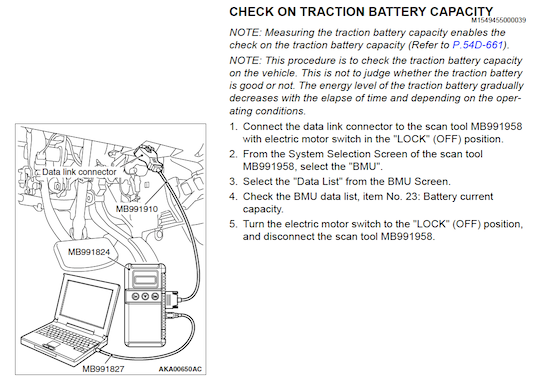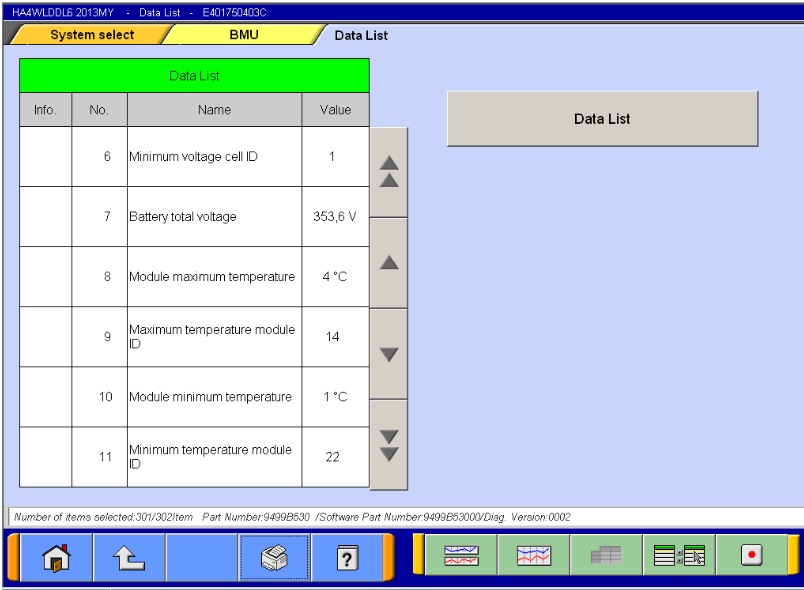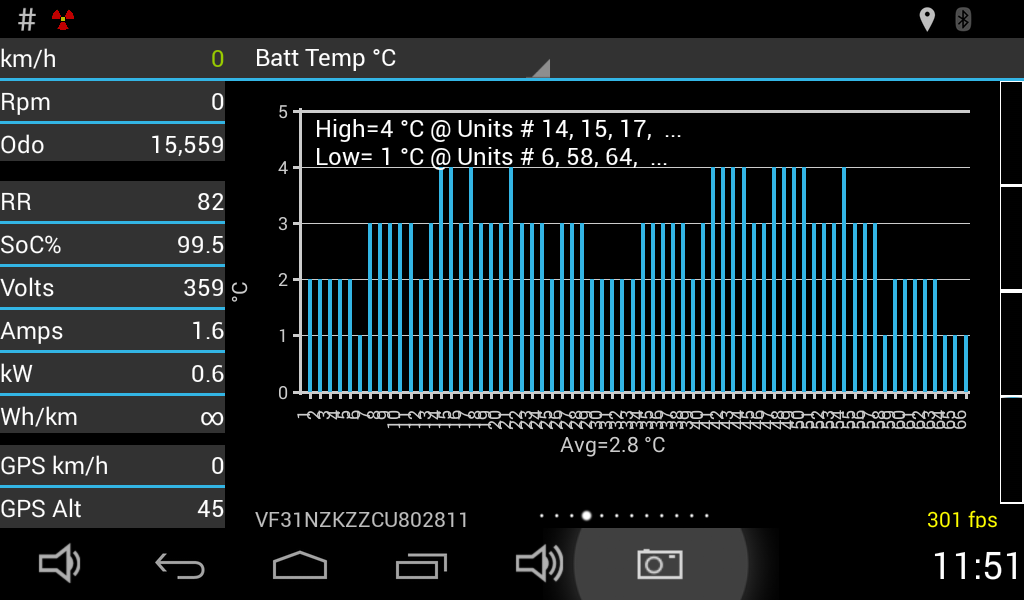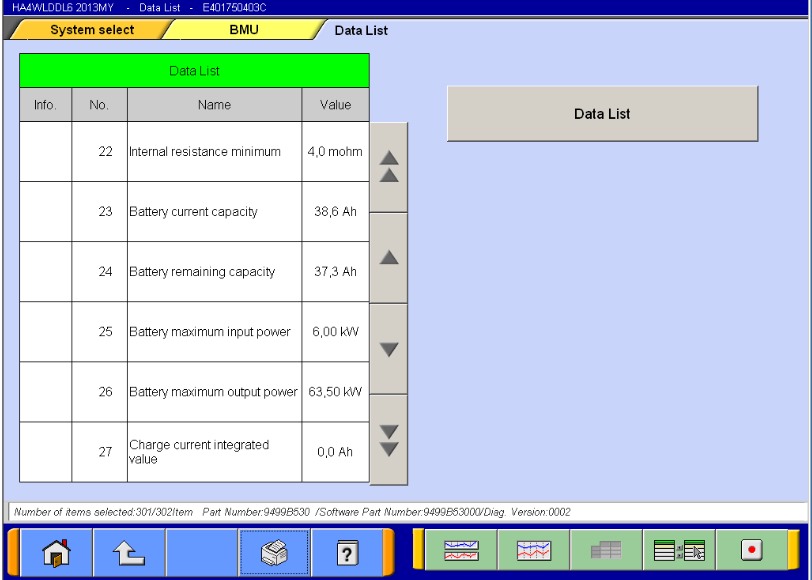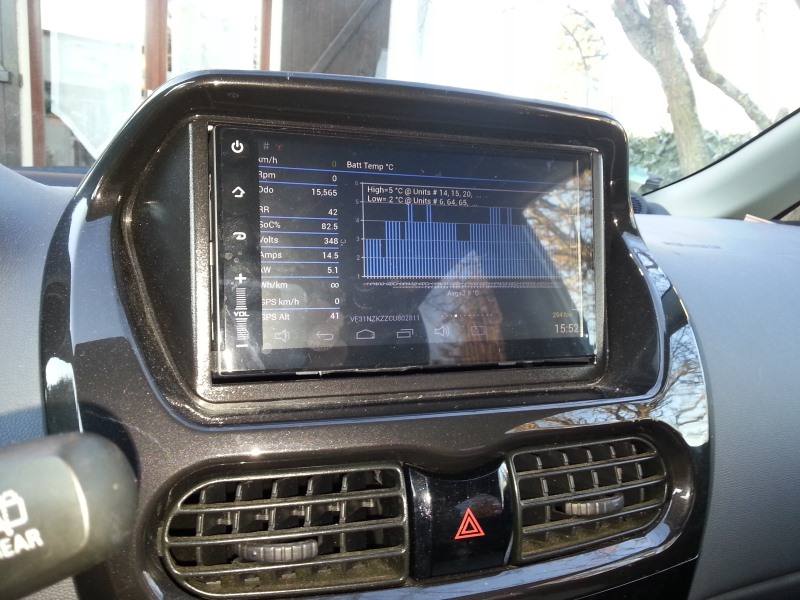Capacity measurement should probably be done at room temperature
For Prius's EV, the lost of capacity with temperature should be only around 4%, (if Prius's battery has been charged at room temperature, otherwise, it's probably more).
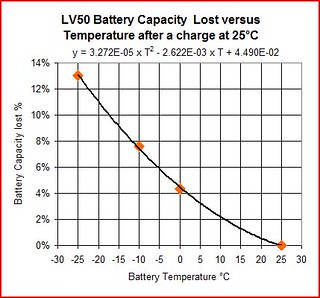 Excel LV50 Battery Capacity Lost versus versus temperature
Excel LV50 Battery Capacity Lost versus versus temperature
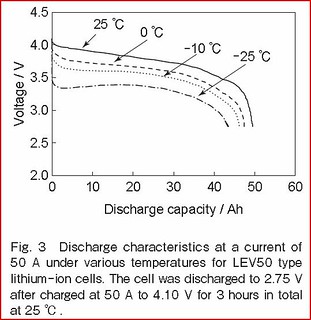 LV50 Discharge characteristics versus temperature
LV50 Discharge characteristics versus temperature
Source Development of Large-sized Lithium-ion Cell "LEV50" and Its Battery Module "LEV50-4" for Electric Vehicle
https://www.gs-yuasa.com/jp/technic/vol5/pdf/05_1_021.pdf
Capacity measurement with heater at full power, https://www.dropbox.com/sh/b6rsy6a1k5ug7b1/AABi3PYC7bsw3X-VqyNgAh64a?dl=0 , search for a file "Heater & SoC Battery Capacity test.xls"
I added in the Excel sheet a temperature correction but the EV should be parked preferably at room temperature for charge and then for the discharge test.
This test takes around 15 mn and uses 5 % of SoC through the heater at full power.
Input for the Excel File
1 Full Heat on, car parked , Canion on view "Trip Timer"
2 To start the Test, wait a decrease of SoC and
as fast as possible press Canion Reset on top on right , then
"Wh Out Summary" is at zero, the test starts.
3 If not fast enough, do it again at the next 0.5% decrease for a correct SoC "zero"
4 Then at every 0.5% SoC decrease, note
"Wh Out Summary", please be aware to do this correctly
at the SoC decrease or reject this measure and be ready for the next 0.5% drop
5 At least do 6 measures, it's not a problem if it's not done at every 0.5% Soc, it will just take more time, it will take you around 15 mn.
6 Put your data in the blue cells, yellow cells have formulas, with battery average temperature before and after test.
0.5% SoC resolution does not help for precision in a capacity measurement, so get measures only when there is a change of SoC, and use the linear regression by calcul or with the curve "Wh Out Summary" versus SoC, this helps to smooth measurement's errors.
The slope of the straight line "Wh Out Summary" versus SoC should give the battery capacity
Do not ask me if this method is trustable, it just seems OK for my EV but tests are needed.
Some mails exchange with bobakka who tested this method showed there was a problem with temperature and measurement. It is now corrected, that's why you have the graph above.
But still, bad news, bobakka did two measures, first one gave 18% of capacity losted and then the second one gave 12% of capacity losted, and this, at one day interval.... See in the Excel file.
The reason might be that before a test, an autocalibration of the battery below two bars and at 100% charge should have been done recently...
Prius with his mut3 could have the answer if he could try this test.

